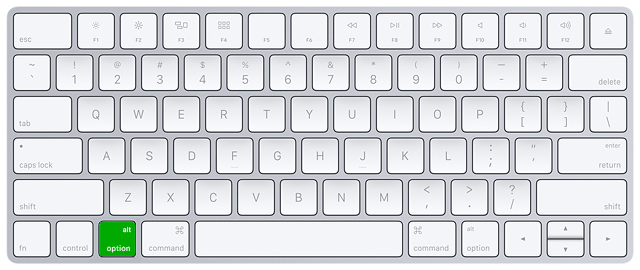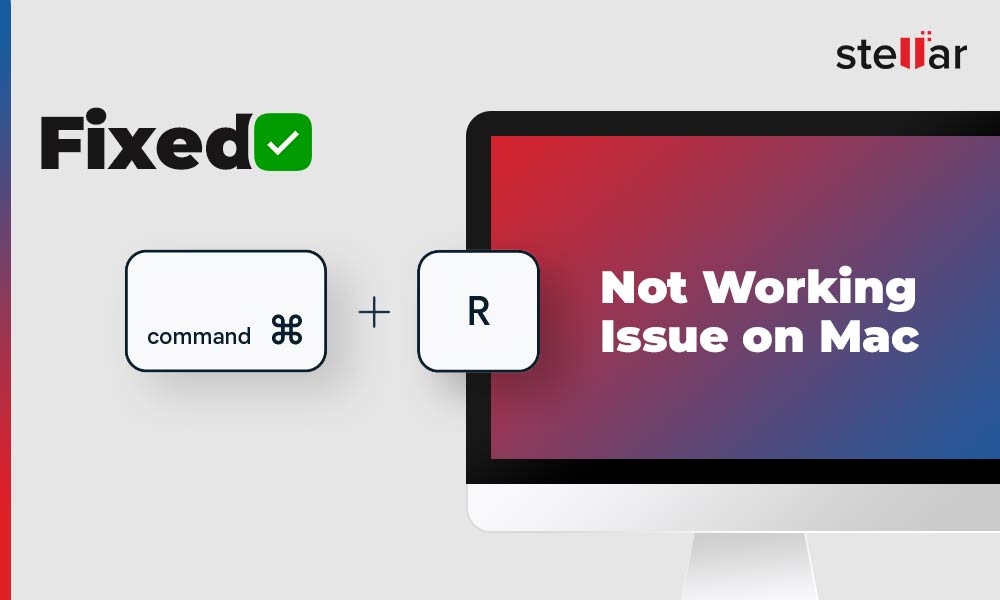
- Mac os command r does not work install#
- Mac os command r does not work full#
- Mac os command r does not work series#
- Mac os command r does not work mac#
Mac os command r does not work mac#
First, completely shut down your Mac via the Apple Toolbar.However, sometimes this memory can get skewed, causing problems and requiring a factory reset. This memory is used to store info on your startup disk, startup volume, speaker volume, and timezone information amongst other vital system information. So, what is PRAM anyway? In the Mac world, PRAM stands for Parameter Random Access Memory. So after a bit of brainstorming, I ended up fixing the issue by resetting the PRAM on all of the iMacs.
Mac os command r does not work install#
Tags Adobe APFS Apple AppleScript Apple silicon backup Big Sur Blake bug Catalina Consolation Console diagnosis Disk Utility Doré El Capitan extended attributes Finder firmware Gatekeeper Gérôme HFS+ High Sierra history history of painting iCloud Impressionism iOS landscape LockRattler log logs M1 Mac Mac history macOS macOS 10.12 macOS 10.13 macOS 10.14 macOS 10.Last night, when attempting to restore three iMacs to a fresh Install of OS X, I was left with an annoying and slightly frightening message: “OS X Cannot Be Installed On This Computer.” For some strange reason, this happened to me on three different iMacs, all of which previously had Bootcamp partitions. Thanks to Jeff Johnson for pointing this out. This is particularly important when there are different versions of macOS available on startup disks: if you want to start up in a specific (or different) Recovery Mode, then ensure that you select the appropriate one in the Startup Disk pane before restarting in Recovery Mode. If your Mac can start up from more than one startup disk, for example if you have a bootable external drive connected, then when you (re)start in Recovery Mode, the Recovery Volume used will be that corresponding to the currently-set Startup Disk. to install the closest version available to that which shipped on your Mac, hold down Option-Command-R.to (re)install the most recent version of macOS which you already have installed, hold down Command-R.Macs which have never had Sierra 10.12.4 or later installed have a different set of installation options:
Mac os command r does not work full#
You’ve come to the wrong place: hold the D key during startup, and read this article for full details.

enter commands at the prompt, remembering to use the correct path to any on your normal startup volume.use the Mount command in the File menu to mount it,.hold Command-R to enter local Recovery Mode,.If you need access to command tools on your normal boot volume from Recovery Mode: If you only want access to command tools available in Recovery Mode, you may be able to go straight into Terminal by holding Command-R-S, but this currently doesn’t appear to be documented by Apple.



Which version of macOS do you want to (re)install?.If you do, then a very recent backup or two is essential, and you should check that those backups will restore properly. Do you want to make a clean (re)install, in which you format your storage before installing macOS? Guidance on this is available here.Have you made a recent backup from which you can restore your apps and documents, etc.? If you haven’t, now is the time to make one before entering Recovery Mode.You wish to install or re-install macOSĪssuming that your Mac has at some time run Sierra 10.12.4 or later, you need to decide first:
Mac os command r does not work series#
But which Recovery Mode should you choose? This article provides you with a structured series of decisions which should ensure that you don’t make the wrong choice, and end up wasting time and effort as a result. There are plenty of good reasons for starting up, or restarting, in Recovery Mode.


 0 kommentar(er)
0 kommentar(er)
